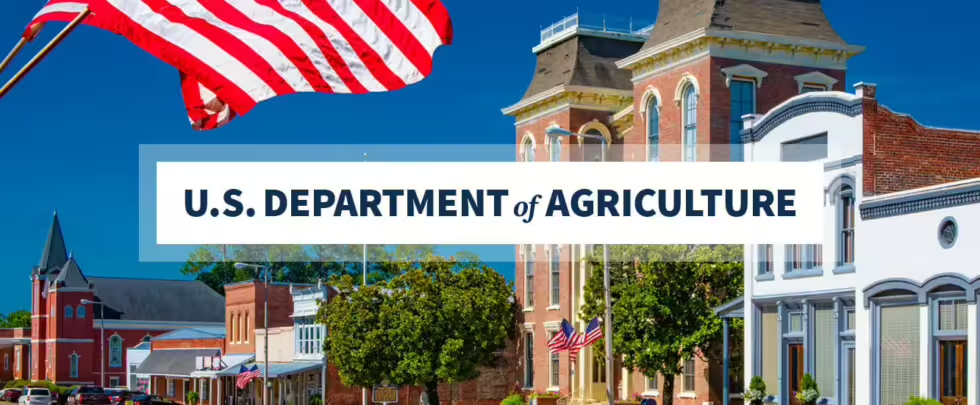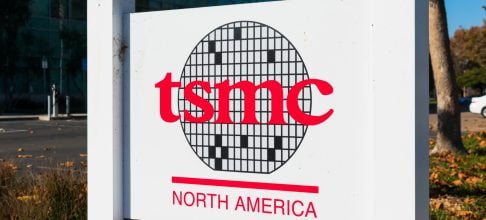- Bluestem Energy Solutions TEC1 LLC plans to use a ~$6.6 million investment to build a solar power facility in Allen County that will produce 5 megawatts of renewable energy, enough to power more than 900 homes each year.
- Lock 9 Hydro Partners LLC plans to use a ~$19.3 million investment to build a run-of-river hydroelectric plant on the Kentucky River generating 3 megawatts of renewable energy for Jessamine County. The project is expected to power 1,600 homes each year.
- Lock 10 Hydro Partners LLC plans to use a ~$18.9 million investment to build a run-of-river hydroelectric plant on the Kentucky River generating 3 megawatts of renewable energy for Madison County. The project is expected to provide enough electricity to power 1,600 homes each year.
- Lock 13 Hydro Partners LLC plans to use a ~$17.7 million investment to build a run-of-river hydroelectric plant on the Kentucky River generating 3 megawatts of renewable energy for Lee County, which is also an RPN community. The project is expected to power 1,600 homes each year.
Background: PACE In May 2023, USDA made $1 billion available through PACE to fund new clean energy projects and energy storage in rural America. The program provides low-interest loans with up to 60% loan forgiveness to renewable energy developers, rural electric cooperatives and other rural energy providers for renewable energy storage and projects that use wind, solar, hydropower, geothermal and biomass. By using renewable energy from natural sources, PACE projects will make it more affordable for people to heat their homes, run their businesses and power cars, schools, hospitals and more. PACE also is a covered program in the President’s Justice40 Initiative, which aims to ensure 40% of the overall benefits of certain federal climate, clean energy and other investment areas flow to disadvantaged communities that are marginalized by underinvestment and overburdened by pollution. So far, USDA has announced more than $665 million of investments selected to proceed under the PACE program. USDA expects to continue making PACE awards in the coming months. Background: RPN Launched in April 2022 and expanded in November 2022, RPN is now active in 36 community networks in 10 states and Puerto Rico. Community networks receive support from full-time USDA staff who live and work locally. These staff members provide technical assistance based on each community’s needs, helping them navigate federal programs, build relationships and apply for funding. In addition to USDA staff, there are staff at more than 20 other federal agencies dedicated to RPN and making resources across the government easier to access for people in rural communities. RPN communities also benefit from coordination through other federal efforts such as the Interagency Working Group on Coal and Power Plant Communities and Economic Revitalization and President Biden’s Justice40 Initiative and Investing in America agenda. The Rural Prosperity Interagency Policy Council, co-led by the White House Domestic Policy Council and USDA, advises the RPN program and ensures rural voices are heard and reflected in national policies that will benefit all people in rural communities. For more information on RPN, visit Rural.gov. USDA Rural Development provides loans and grants to help expand economic opportunities, create jobs and improve the quality of life for millions of Americans in rural areas. This assistance supports infrastructure improvements; business development; housing; community facilities such as schools, public safety and healthcare; and high-speed internet access in rural, tribal and high-poverty areas. Visit the Rural Data Gateway to learn how and where these investments are impacting rural America. To subscribe to USDA Rural Development updates, visit the GovDelivery Subscriber Page. USDA touches the lives of all Americans each day in so many positive ways. Under the Biden-Harris Administration, USDA is transforming America’s food system with a greater focus on more resilient local and regional food production, fairer markets for all producers, ensuring access to safe, healthy and nutritious food in all communities, building new markets and streams of income for farmers and producers using climate-smart food and forestry practices, making historic investments in infrastructure and clean energy capabilities in rural America, and committing to equity across the Department by removing systemic barriers and building a workforce more representative of America. To learn more, visit www.usda.gov. #
USDA is an equal opportunity provider, employer, and lender.















